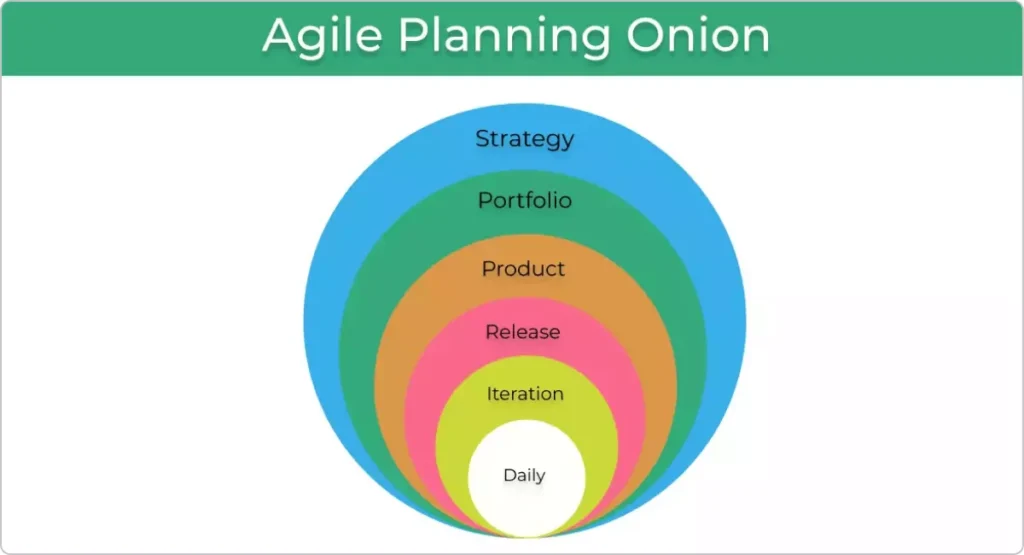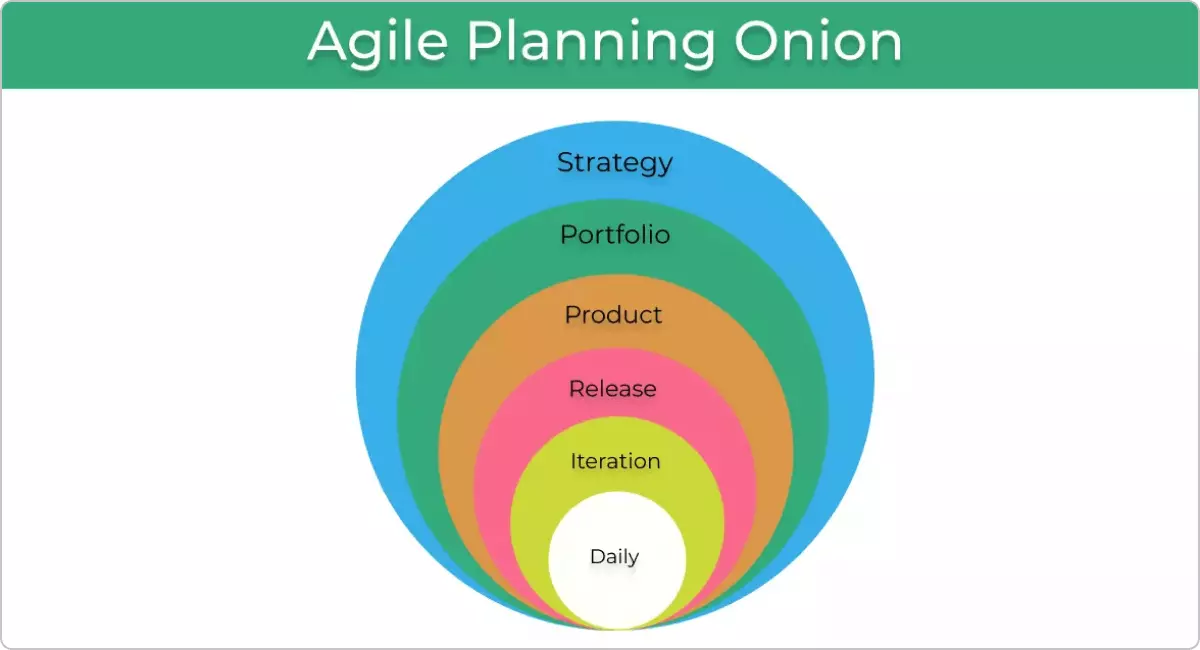
Understanding and implementing Agile planning is crucial for businesses striving for adaptability and efficiency in their projects. This blog post takes a deep dive into the Agile planning process, demystifying its key components and providing insights into how it can be leveraged for successful project outcomes.
Table of Contents:
- Introduction
- Foundations of Agile Methodology
- Agile Planning in a Nutshell
- User Stories: The Building Blocks
- Sprint Planning: Breaking it Down
- Daily Standups: Ensuring Collaboration
- Sprint Review and Retrospective
- Adapting to Change: The Agile Way
- Tools for Effective Agile Planning
- Tacktical Marketing: Agile Experts for Your Projects
- Conclusion
- Call to Action: Connect with Tacktical Marketing
1. Introduction
Introduce the importance of Agile planning in project management and set the stage for a comprehensive exploration of its key elements.
2. Foundations of Agile Methodology
- Agile Principles
- Iterative and Incremental Development
- Customer Collaboration over Contract Negotiation
Establish the foundations of Agile methodology, covering key principles such as customer collaboration over contract negotiation, the importance of iterative and incremental development, and the Agile Manifesto’s core values.
3. Agile Planning in a Nutshell
- Flexibility and Adaptability
- Continuous Feedback Loop
- Focus on Delivering Value
Provide an overview of Agile planning, highlighting its core elements, including flexibility and adaptability, the importance of a continuous feedback loop, and the unwavering focus on delivering value throughout the project.
4. User Stories: The Building Blocks
- Understanding User Needs
- Creating Detailed User Stories
- Prioritizing User Stories
Delve into the significance of user stories in Agile planning, exploring how understanding user needs, creating detailed user stories, and prioritizing them contribute to the overall success of the project.
5. Sprint Planning: Breaking it Down
- Setting Clear Goals
- Estimating and Assigning Tasks
- Defining Sprint Backlog
Break down the Sprint planning process, emphasizing the importance of setting clear goals, estimating and assigning tasks, and defining the Sprint backlog for efficient execution.
6. Daily Standups: Ensuring Collaboration
- Brief Updates on Progress
- Identifying and Removing Obstacles
- Promoting Team Collaboration
Explore the significance of daily standups in Agile planning, focusing on brief updates on progress, identifying and removing obstacles, and promoting effective collaboration among team members.
7. Sprint Review and Retrospective
- Evaluating Deliverables
- Gathering Feedback
- Continuous Improvement Through Retrospectives
Examine the Sprint review and retrospective process, covering the evaluation of deliverables, gathering feedback from stakeholders, and the commitment to continuous improvement through retrospectives.
8. Adapting to Change: The Agile Way
- Embracing Change as an Opportunity
- Flexible Project Scope
- Iterative Adjustments for Improvement
Highlight the Agile approach to change management, emphasizing the mindset of embracing change as an opportunity, maintaining a flexible project scope, and making iterative adjustments for continuous improvement.
9. Tools for Effective Agile Planning
- Project Management Software
- Collaboration Platforms
- Visual Planning Boards
Discuss the tools essential for effective Agile planning, including project management software, collaboration platforms, and visual planning boards that enhance communication and coordination within the team.
10. Tacktical Marketing: Agile Experts for Your Projects
Discover how Tacktical Marketing can be a valuable partner in Agile planning for your projects:
- Agile Training and Workshops: Offering customized training to empower teams with Agile methodologies.
- Agile Coaching: Providing ongoing coaching to ensure the successful implementation of Agile practices.
- Tailored Agile Solutions: Crafting Agile solutions that align with the specific needs of your projects.
11. Conclusion
Summarize the key components of Agile planning, reiterating its importance in fostering adaptability, collaboration, and delivering value in project management.
12. Call to Action: Connect with Tacktical Marketing
Encourage readers to connect with Tacktical Marketing for expert guidance in Agile planning. Provide contact information and a call to action for further consultation and collaboration.

